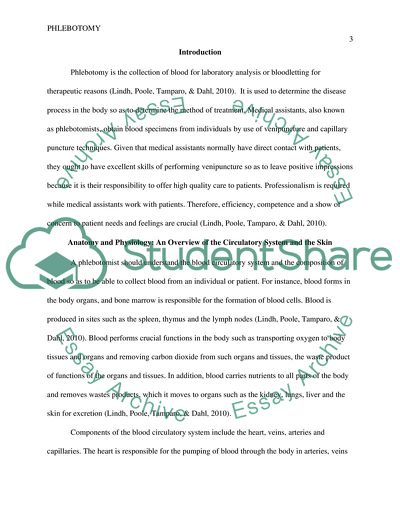Cite this document
(“Phlebotomy Essay Example | Topics and Well Written Essays - 2500 words”, n.d.)
Retrieved from https://studentshare.org/health-sciences-medicine/1627757-phlebotomy
Retrieved from https://studentshare.org/health-sciences-medicine/1627757-phlebotomy
(Phlebotomy Essay Example | Topics and Well Written Essays - 2500 Words)
https://studentshare.org/health-sciences-medicine/1627757-phlebotomy.
https://studentshare.org/health-sciences-medicine/1627757-phlebotomy.
“Phlebotomy Essay Example | Topics and Well Written Essays - 2500 Words”, n.d. https://studentshare.org/health-sciences-medicine/1627757-phlebotomy.


